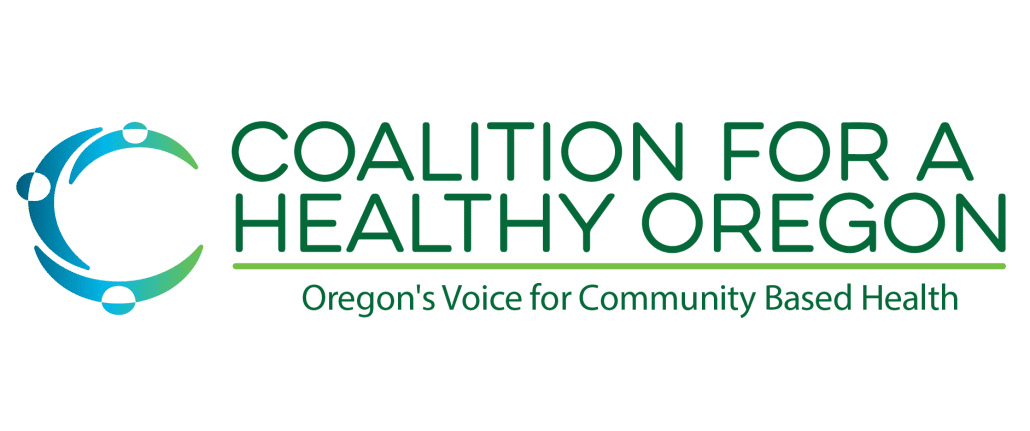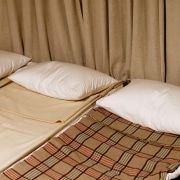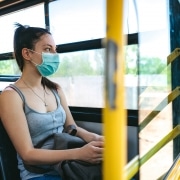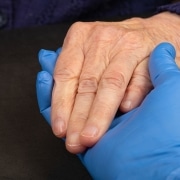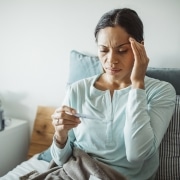E-Board Meets, Announces COVID-19 Funding
Last Thursday, the Joint Emergency Board of the Oregon Legislature met to discuss the possibility of providing funds to several key industries that are struggling across the state of Oregon. On the docket for the E-Board meeting were discussions about general housing, funding for businesses, emergency housing for domestic violence, establishing an Oregon Worker Relief Fund, creating a critical-access hospital loan program that we discussed last week, among many others.
Below is a breakdown of how Oregon legislators allocated the funding:
Safe Shelter and Rental Assistance – $12 million
This funding will provide rental assistance and safe shelter alternatives for individuals who have lost their income due to COVID-19. It will also provide shelter for people at risk of infection or health problems due to inadequate shelter or housing. $3.5 million will be allocated to purchasing hotel vouches for homeless individuals and farmworkers, and $8.5 million will be allocated for rental assistance for Oregonians who make less than half of the median income and lost wages from the pandemic.
Oregon Worker Relief Fund – $10 million
This funding will provide payments to workers who are ineligible for traditional unemployment, either because they do not have access to traditional unemployment insurance programs or are ineligible due to their immigration status.
Small Business Assistance – $10 million
This funding will establish an assistance program for small businesses with no more than 25 employees impacted by COVID-19 economic restrictions that have not received support from the federal CARES Act. The $10 million small business assistance program will include $5 million from the Emergency Fund matched with $5 million from existing funds in the executive branch’s Business, Innovation and Trade Division.
Domestic Violence Housing Support – $2 million
This funding would provide emergency housing for victims of domestic and sexual violence.
“We have all be hit hard by this pandemic,” said Sen. Peter Courtney, D-Salem. “Today, Legislators from across the state came together to support Oregonians.”
